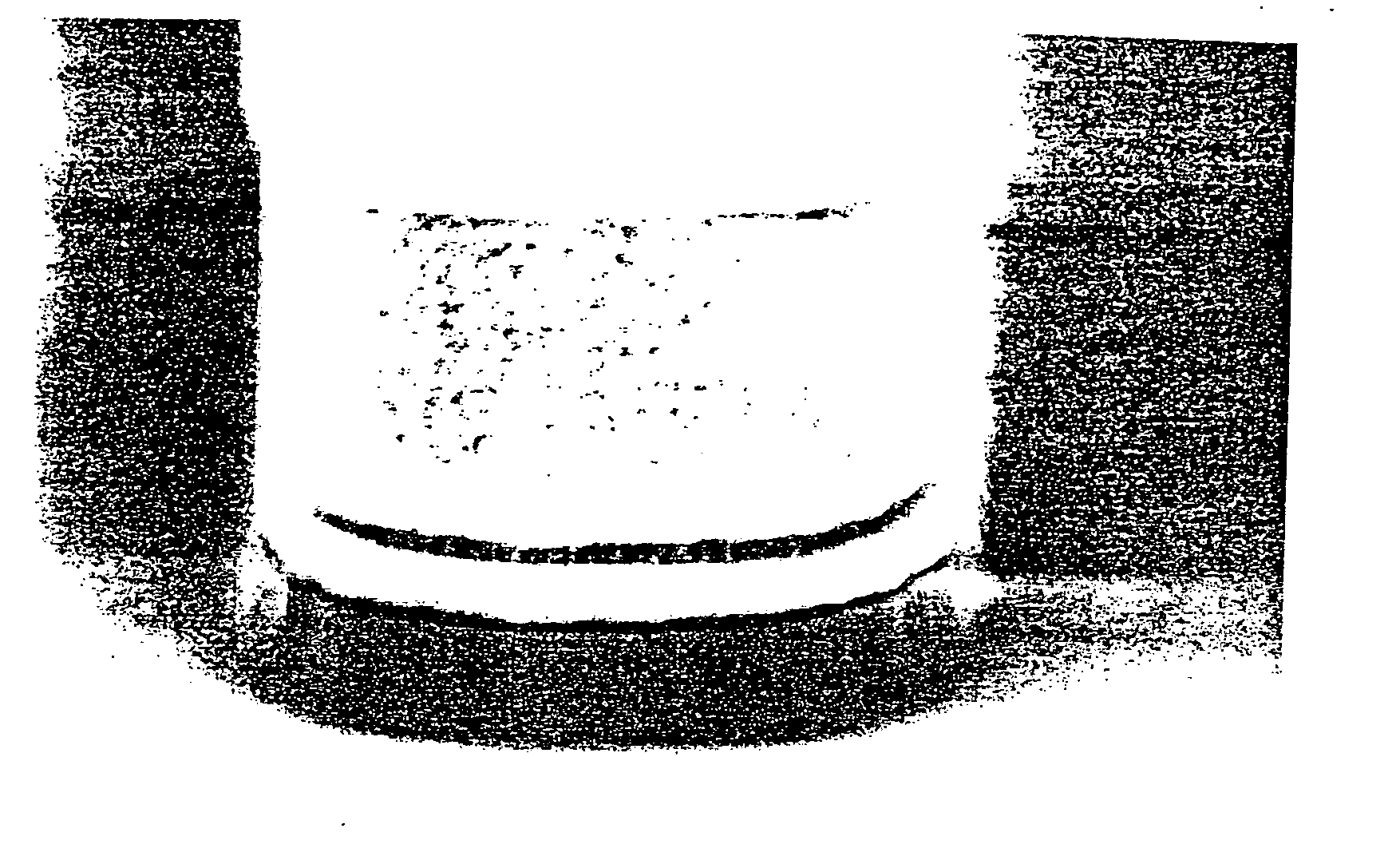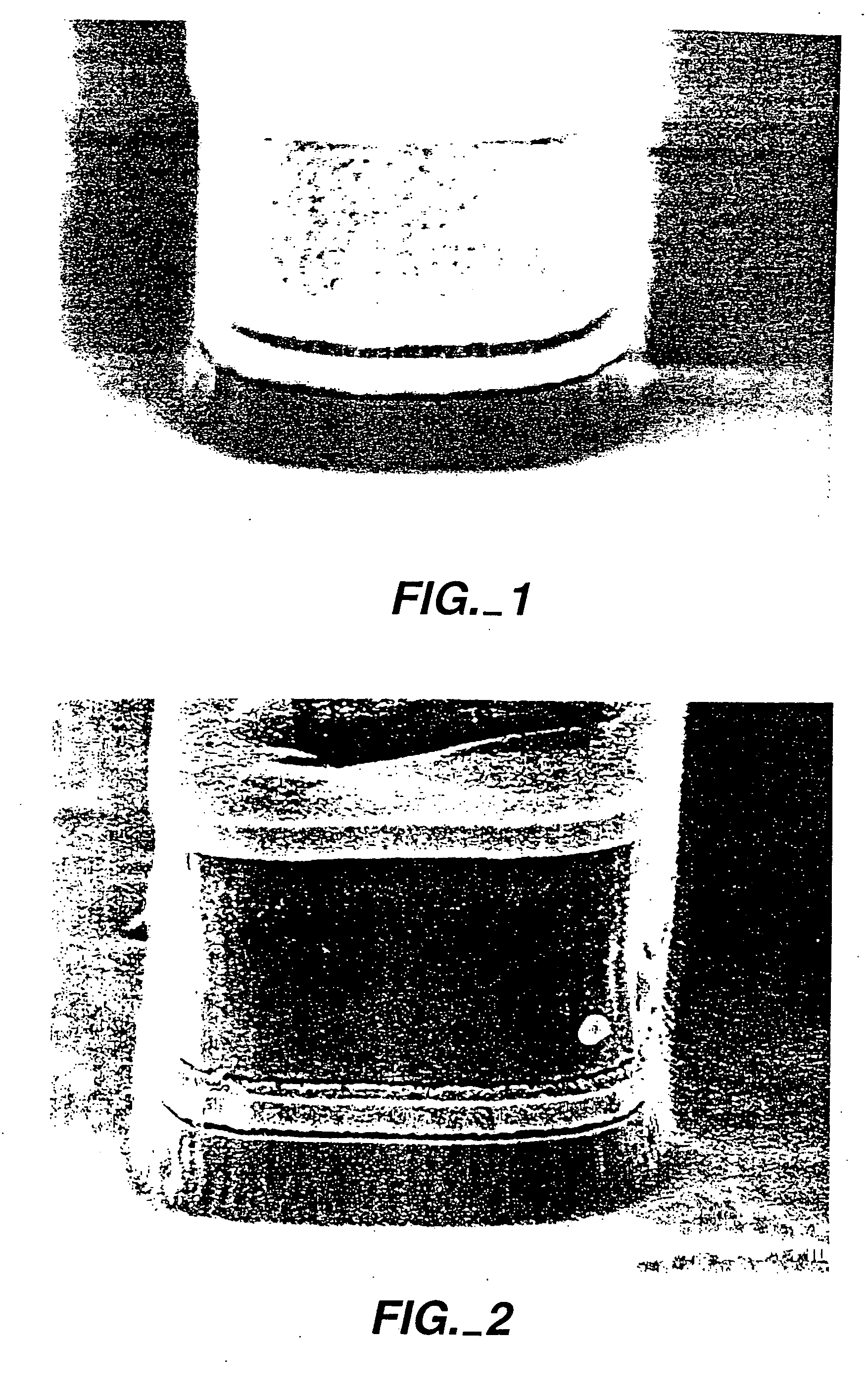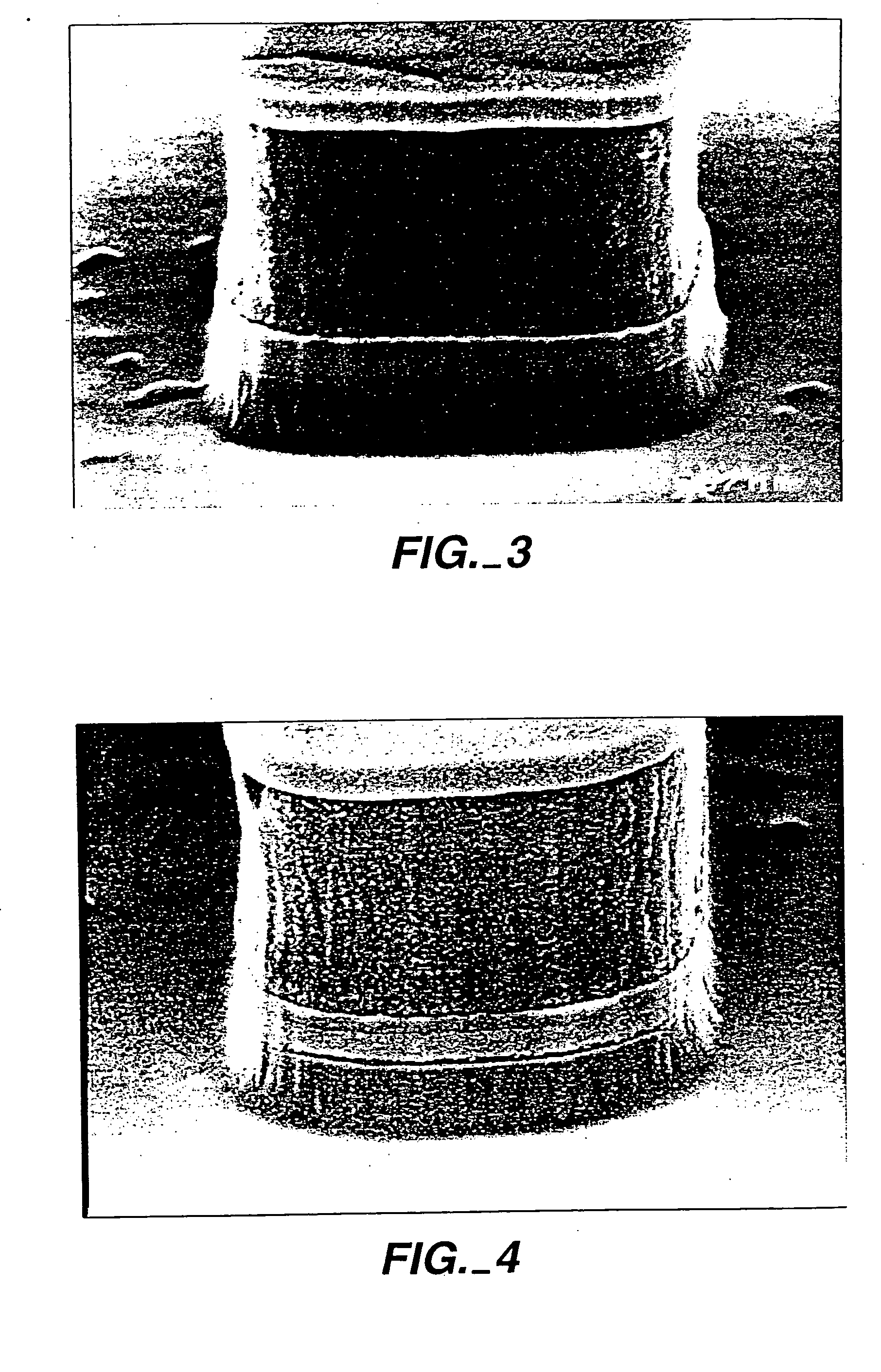Semiconductor process residue removal composition and process
a technology of semiconductors and compositions, applied in the field of cleaning compositions, can solve the problems of etching rate, limited operating temperature, and inadmissible operating temperature, and achieve the effects of reducing flash points, accelerating residues, and reducing flash points
- Summary
- Abstract
- Description
- Claims
- Application Information
AI Technical Summary
Benefits of technology
Problems solved by technology
Method used
Image
Examples
examples
[0192] Exemplary embodiments of the present invention will be illustrated by reference to the following examples, which are included to exemplify, but not to limit, the scope of the present invention.
examples 1-8
Prior Art Compositions Containing 2-Carbon Alkanolamine Compounds
[0193] Table 1 below describes cleaning compositions A through H for Examples 1-8 to follow.
TABLE 1Hydroxyl-CleaningAlkanolamineChelatingaminecompositionwt %Agent wt %wt %Water wt %ADGA (60%) 5% catechol17.5%17.5% waterBMIPA (55%)10% gallic acid 15% 20% waterCMEA (60%)17.5%22.5% waterDMEA (60%) 5% gallic acid17.5%17.5% waterEMIPA (60%) 5% catechol17.5%17.5% waterFMEA (30%) +10% catechol 15% 20% waterMIPA (25%)GMEA (30%) +10% gallic acid 15% 20% waterMIPA (25%)HDGA (55%)10% gallic acid 15% 20% water
example 1
[0194] A semiconductor wafer having a patterned metal stack consisting of TiN / Al / Ti / TiN / Ti / SiO2 was treated with composition A at 75° C. for 30 minutes to remove process residue from the wafer, for comparative purposes. FIG. 1 is a scanning electron microscope (SEM) photograph of the wafer after this treatment. Substantial undercutting of both Ti layers are visible in this photograph.
PUM
 Login to View More
Login to View More Abstract
Description
Claims
Application Information
 Login to View More
Login to View More - R&D
- Intellectual Property
- Life Sciences
- Materials
- Tech Scout
- Unparalleled Data Quality
- Higher Quality Content
- 60% Fewer Hallucinations
Browse by: Latest US Patents, China's latest patents, Technical Efficacy Thesaurus, Application Domain, Technology Topic, Popular Technical Reports.
© 2025 PatSnap. All rights reserved.Legal|Privacy policy|Modern Slavery Act Transparency Statement|Sitemap|About US| Contact US: help@patsnap.com



